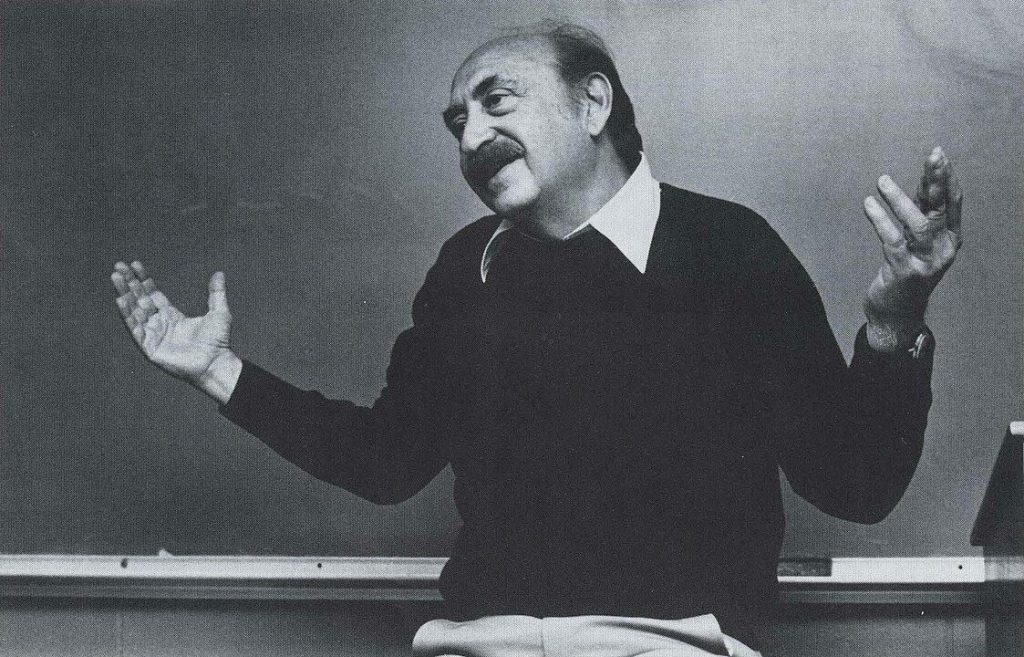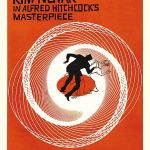

In the vast expanse of visual communication, few names shine as brightly as Saul Bass. Known for his groundbreaking work in film title sequences, movie posters, and corporate logos, Bass’s influence is as relevant today as it was during the mid-20th century. His iconic designs for films like “Vertigo” and “The Man with the Golden Arm,” as well as logos for major corporations like AT&T and United Airlines, have become cornerstones of modern graphic design. But what is it about Saul Bass’s work that continues to inspire and resonate in our digital age? Let’s dive into the world of this visionary to uncover the secrets behind his lasting legacy.
Early Life and Career Beginnings
Born in 1920 in New York City, Saul Bass was a creative soul from the start. With a keen interest in the arts, he pursued studies at the Art Students League of New York and later at Brooklyn College, under the guidance of Hungarian-born graphic designer Gyorgy Kepes. Kepes introduced Bass to the avant-garde design principles of Bauhaus, which would profoundly influence his approach to design.
Bass’s Design Philosophy
Bass’s design philosophy was revolutionary. He believed in simplicity, making complex ideas visually digestible through minimalistic and symbolic designs. His use of bold colors and dynamic, yet simple, imagery could communicate a story at a glance. This approach was not only innovative but also highly effective, setting a new standard for visual communication.
Iconic Works and Collaborations
Saul Bass’s portfolio reads like a who’s who of Hollywood’s golden era. His movie posters, such as the disjointed arm for “The Man with the Golden Arm,” conveyed the film’s tension and themes abstractly, intriguing viewers. His title sequences, notably for Alfred Hitchcock’s “Psycho” and “North by Northwest,” introduced audiences to the mood of the film before a single actor appeared on screen. Beyond cinema, Bass’s corporate logos—many of which are still in use—demonstrate his incredible ability to distill a company’s essence into a single, timeless image.
Influence on Modern Graphic Design
The ripple effects of Bass’s work are evident across the spectrum of modern graphic design. His minimalist aesthetic, emphasizing clean lines and uncluttered visuals, predates the contemporary trend towards simplicity and functionality in digital design. Moreover, Bass’s technique of storytelling through design has informed current approaches to branding and visual identity, illustrating the power of design to communicate beyond words.
Bass’s Legacy
Saul Bass’s contributions were recognized with a plethora of awards and honors, but perhaps his most significant achievement is the ongoing relevance of his work. Designers today continuously draw inspiration from his creations, incorporating his principles into new contexts and media. The resurgence of minimalist design, with its echoes of Bass’s style, underscores the timeless nature of his vision.
Conclusion
Saul Bass was more than a graphic designer; he was a visionary who transformed visual communication. His work transcended the boundaries of graphic design and cinema, creating a language of design that speaks to simplicity, clarity, and emotion. As we look around at the logos, posters, and digital interfaces that define our visual landscape, we see the indelible mark of Saul Bass—a testament to the enduring power of great design.
Did You Know? Fun Facts About Saul Bass
- Bass’s love for film extended beyond design; he also directed the science-fiction classic “Phase IV.”
- He often collaborated with his wife, Elaine, on film title sequences, combining their creative talents.
- Bass was known for his meticulous approach, often revising designs dozens of times until they were just right.
In exploring Saul Bass’s legacy, we uncover not just the work of a design legend, but a roadmap for effective communication in any visual medium. Through his simplicity, creativity, and profound understanding of the human psyche, Bass has left us a treasure trove of lessons on how to speak without words, a skill more valuable today than ever before.






